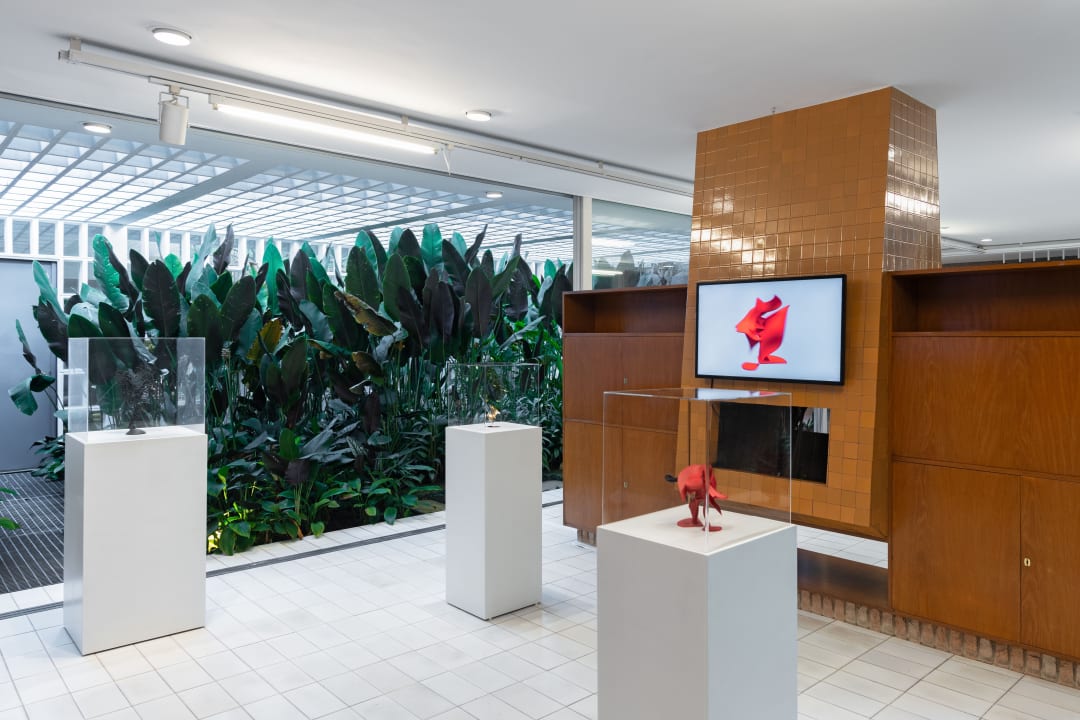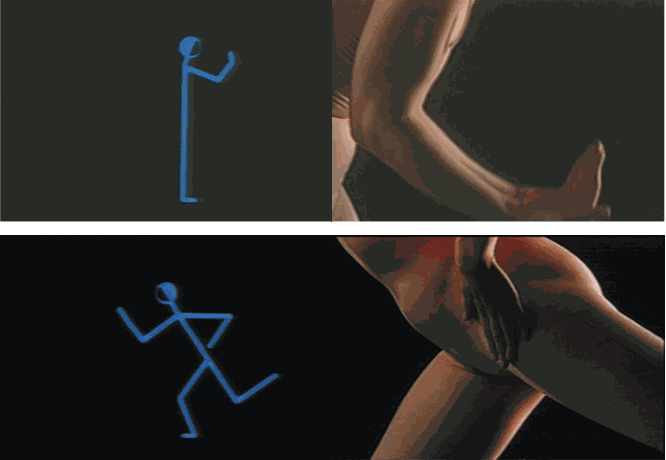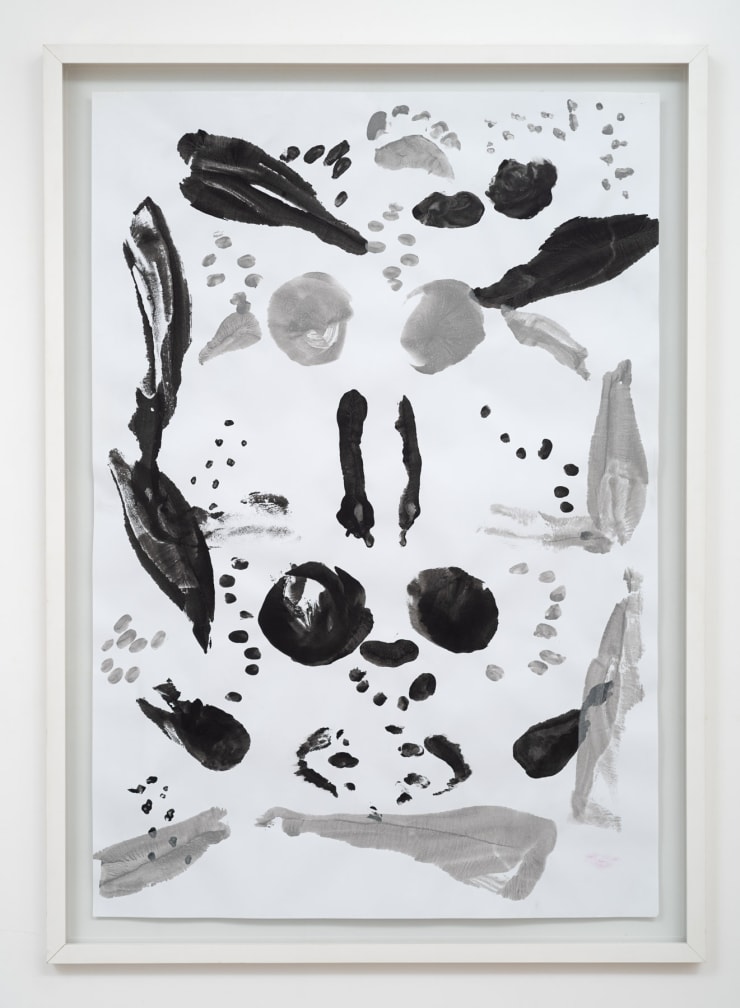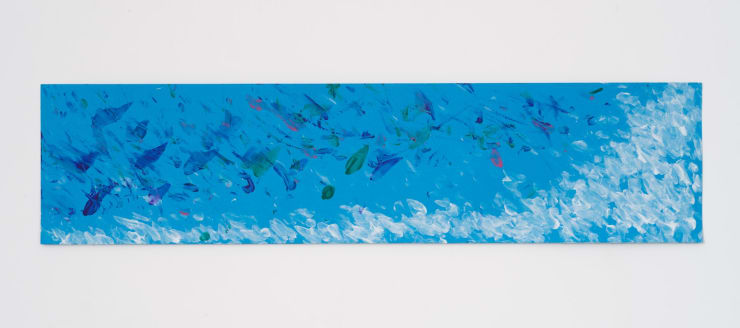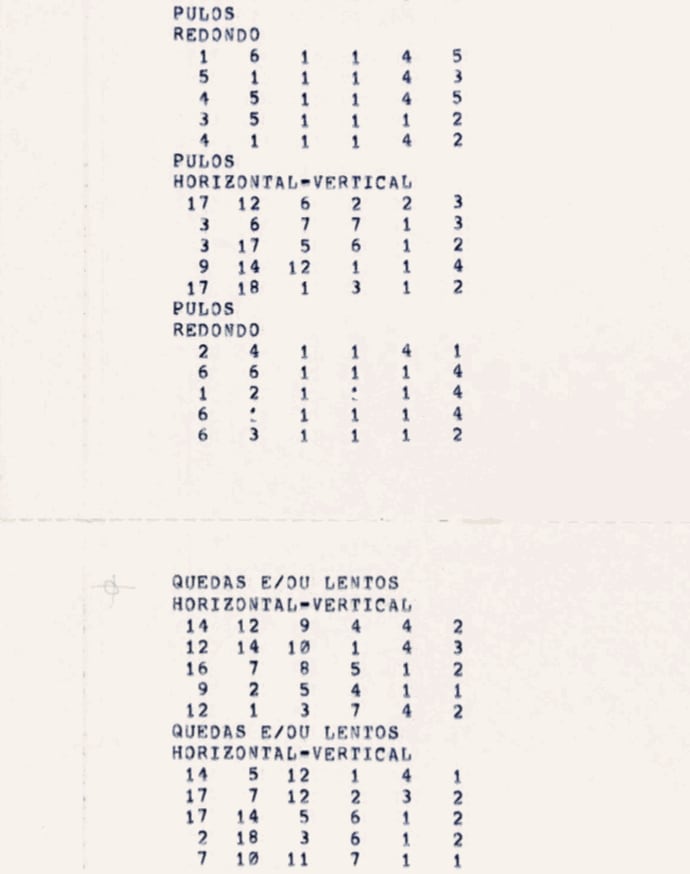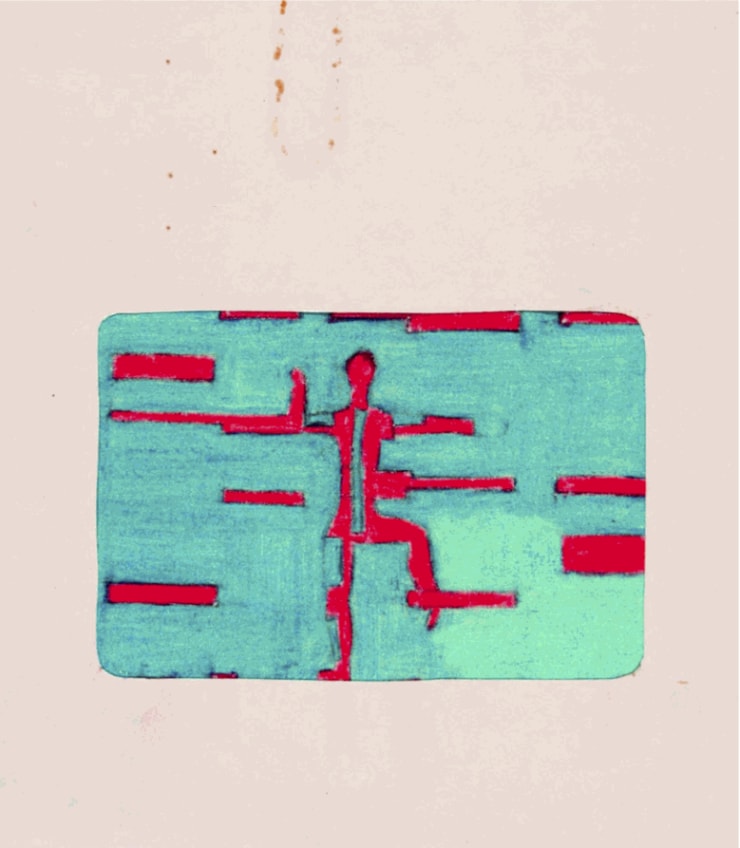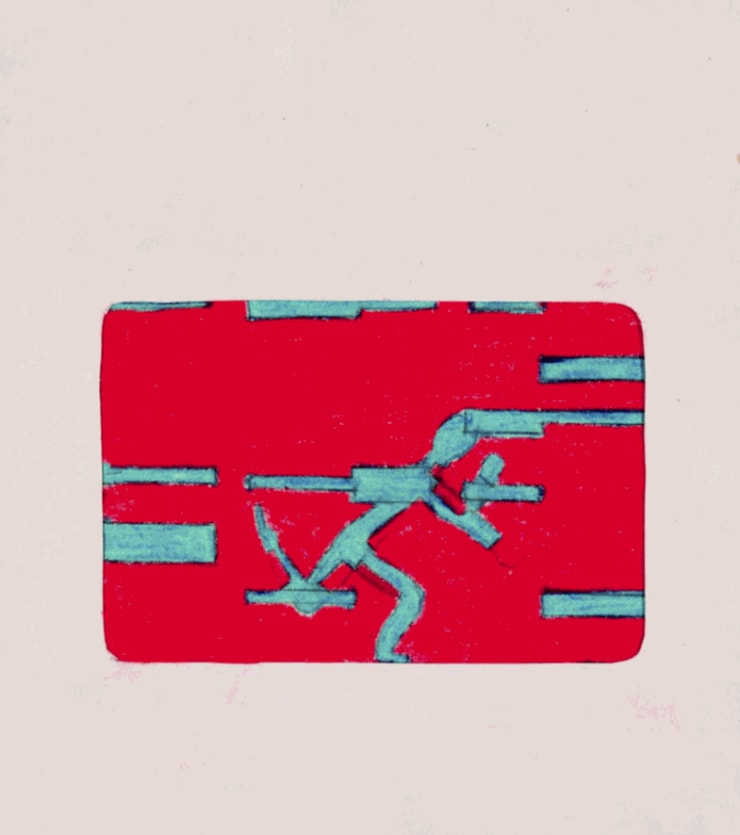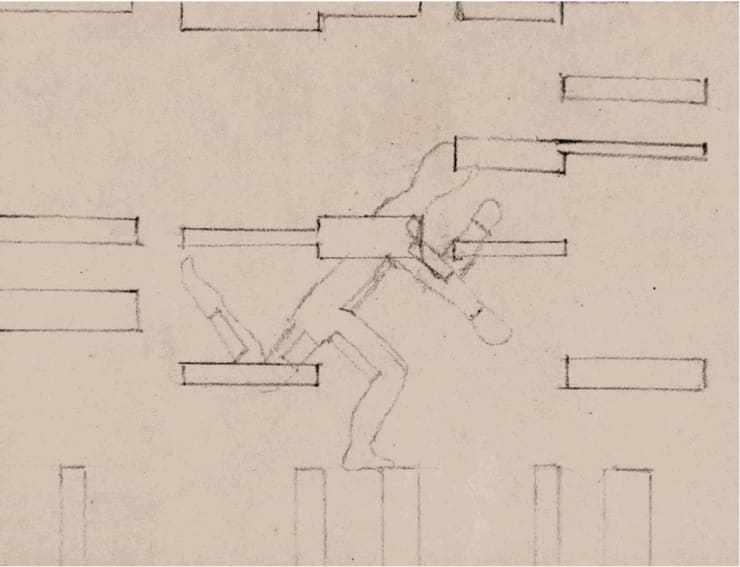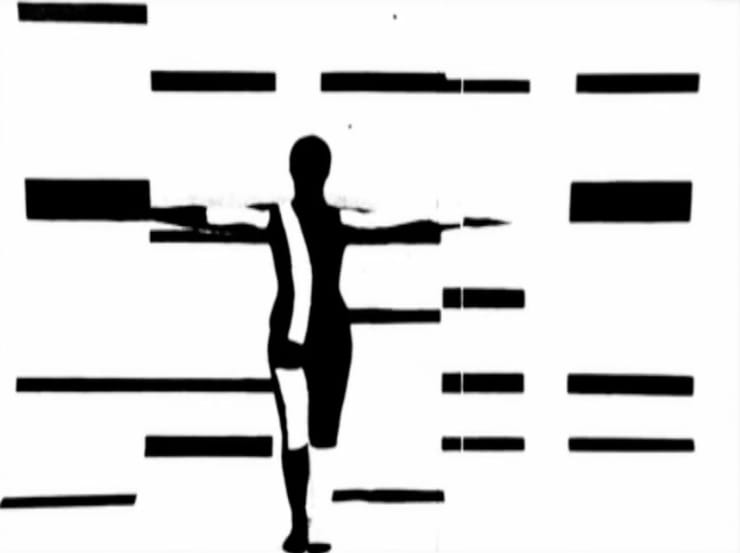Presenting Analivia Cordeiro's work for the first time at Galeria Luciana Brito is a real challenge. Her protean work spans several artistic fields, including dance, performance, computer art, ethnography and architecture, while employing different media such as video, photography, drawing, painting and sculpture. Despite this diversity, a common denominator unites these practices: the movement of the body as the expression of an artistic and plastic language.
Analivia Cordeiro began her artistic journey with dance, and quickly seized the opportunities offered by computer technology to assist and enrich her choreographic score. This exploration evolved over time, leading the artist to establish a fruitful dialogue between her dance practice and new technologies, positioning her as one of the pioneers of video-dance associated with computer art.
The need to preserve movement sequences and choreographic work prompted Analivia to develop notation and archiving methods inspired by the work of Rudolf von Laban, among others. New technologies then changed the conception of tedious, repetitive work and opened up new plastic possibilities. The computer process in turn became a source of creative inspiration for the artist.
Illustrating this evolution, the interactive installation MUTATIO, 2019-2024 and the video dance piece 0°= 45°,1974, set 50 years apart, open and close the exhibition.
It offers a documented dive into the world of performance, highlighting the first notations with 256 kb of memory, 5 Mb of storage working on computer Digital PDP 11 of the computer center of the State University of Campinas. This piece transforms the performance into a living sculpture, reinforcing the interaction between the dancing subject and its environment.
The piece, MUTATIO, 2019-2024, welcomes visitors and actively invites them to participate, by viewing in real time a three-dimensional capture of their own movements through colored filters. This technology, one of the first motion capture systems created in 1983 and developed in collaboration with the computer scientist Nilton Lobo, is the result of computer modeling of the dancer's body, followed by the digitization of movements (Nota-Anna).
The combined brass and polymer sculptures offer three-dimensional portraits in motion, captured and analyzed, illustrating the fusion of technology and artistic expression.
A series of paintings, Dancing on the Paper series, 2017-2024 in which the artist's body explores the paper in the same way that this same body invested the performance space are presented on the wall. These paintings are relayed by videos that transcribe the elaboration of the process with rhythmic sounds.
The body is a mechanical tool that expresses the notations generated by programming. Through its singularity, this same dancer's body participates in a machinic artifice always respecting deeply its human nature from which a work of art emerges. Analivia Cordeiro conceives of a post-human world in which man remains the key and the stake in the re-formation of the world in the making as it evolves with new media.
Franck James Marlot
